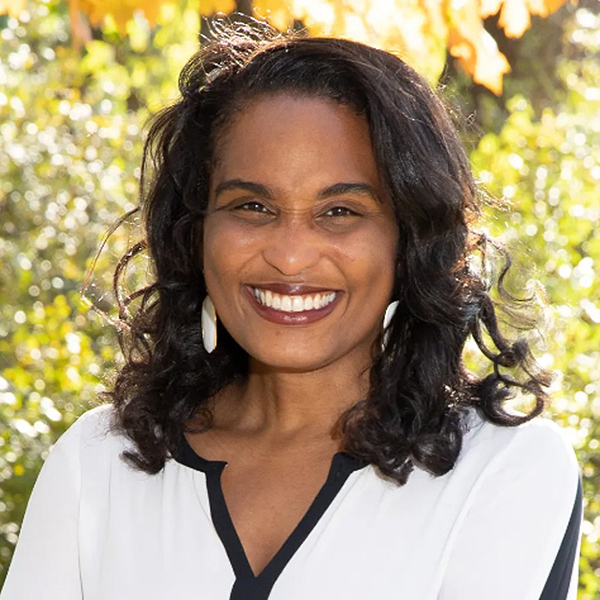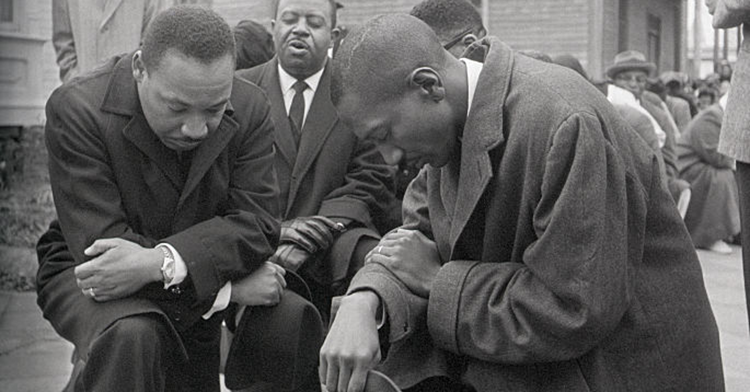Most of us have heard a variation of this statement: “The United States is becoming increasingly racially and ethnically diverse. To stay ‘relevant,’ we must adapt to this new reality.”
I have often wondered exactly what this statement is supposed to mean for the church. Does it mean that churches filled primarily with white or black persons should somehow forget such folks and focus on other people? Does it mean churches should start playing some imagined stereotypical Hispanic music? It is never clear. Rather, it seems as if the statement is typically more a veiled threat: get hip (somehow) or disappear.
Forget getting hip. The growing diversity is a gift from God, a blessing for the church.
But I get ahead of myself. Let’s first carefully consider the facts of the demographic transitions occurring in the U.S., and then let’s think just as carefully about what they mean for ministry.
Before 1965, the overtly racialized immigration laws in the U.S. ensured that most immigrants would be European. But in 1965, a new immigration act was put in place, opening up immigration to the world. The result has been clear: before 1965, more than 90 percent of all immigrants to the U.S. were from Europe; since 1965, more than 90 percent have been from anywhere except Europe.
The changing immigration trends have significantly altered the country’s racial and ethnic composition. In 1960, 85 percent of the population was white and 11 percent was black. Today, the white population is 64 percent, and the black population is 12.5 percent. The percentage of Asians has increased from about 0.5 percent in 1960 to 5 percent today. People of multiple racial groups, not measured in 1960, now constitute about 3 percent of the U.S. population. Hispanics, 16 percent of the U.S. population today, have grown the most dramatically, from less than 7 million in 1960 to more than 50 million in the 2010 census -- a sevenfold increase. To put that number in perspective, only Mexico has more Hispanics than the U.S.
We must also consider the average ages of these groups. The white population -- as a result of minimal immigration and very low birth rates (less than what is needed to replace itself) -- is aging rapidly. Its members’ concerns are gradually moving from raising children and finding good schools and the like to health care, retirement and social security.
The other populations are growing and will continue to grow. They have higher birth rates and are generally buttressed yearly with thousands of young immigrants. Most important to these trends are Hispanics, who accounted for 56 percent of all U.S. population growth over the past decade. Because nearly one-quarter of Americans under 18 are Hispanic, and because of the high birth rates of Hispanics, the Hispanic population will continue to grow substantially in number and percentage (even if immigration were to stop today).
What do these demographic facts mean for the church? First, “white churches” will, on average, have older and older people, and they will have fewer people. More and more such congregations will have to close their doors, no matter how gifted their staffs.
Churches catering to Hispanics will grow, and many will grow substantially. Because most Hispanics are Catholic, Catholic parishes have felt and will continue to feel the most direct impacts.
But more importantly, the demographic changes suggest that an increasing number of churches should move to what I and others have argued is the biblical model: congregations that are not racial niches but instead are multiracial and multiethnic. Churches, to survive and thrive (and to be true to their calling), will have to be places that find a way to be for all people.
Though still a small overall percentage of congregations, such churches do exist. My own congregation is demographically multiracial -- about 50 percent African-American, 25 percent Hispanic, 15 percent white and 10 percent other.
But we are more than this. Our senior pastor is African-American, and he leads the multiracial vision with action. He insists on diversity in who reads Scriptures, who prays, who is in leadership positions. Our vision statement says we are called to be “God’s multiracial family,” and we organize our very being around this concept.
The demographic changes, however, are but a tangible reason to pursue multiracial ministry; there are, more importantly, biblical and theological reasons to change the way ministry is done. The fact that demographics are changing simply amplifies the call of God to reach and unify all people, working for justice and dignity.
This means we must witness a revolution in seminary training. Seminaries must now prepare their students for multiracial/ethnic/cultural ministry. This will not mean adding a course or two on “multicultural ministry.” It will mean overhauling how theological training is done.
For example, I see a day when seminarians will be trained in understanding race and ethnic relations, when they will learn biblical interpretation from great scholars around the world (rather than principally Western thinkers), when they will be trained in multiple styles of preaching, and when methods of generating a united body through diversity will be woven throughout their courses.
Perhaps some see such changes -- those occurring and those to come -- as threatening. But changes coming from the demographic revolution are fueling a truly exciting time, a time we can see as a gift from God.
My prediction: If we let God be in control, the demographic revolution will power us closer to our creator and will render the church of this nation (and many other nations experiencing similar demographic revolutions) more Christlike.








